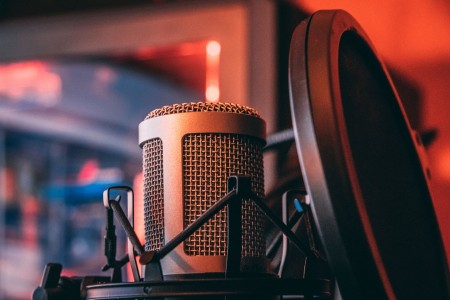Noise-cancelling earplugs have become increasingly popular in today’s fast-paced world, where the need for quiet and concentration is paramount. Whether you are trying to sleep in a noisy environment, focus on work, or simply enjoy some peace and solitude, these innovative devices can provide the auditory refuge you seek. With advancements in technology, the effectiveness and comfort of noise-cancelling earplugs have improved significantly, making them an essential tool for many individuals. Understanding how they work and the benefits they offer can empower you to make informed decisions about your auditory health and well-being.
The technology behind noise-cancelling earplugs primarily revolves around two key principles: passive noise isolation and active noise cancellation. Passive noise isolation occurs when the earplugs physically block sound waves from entering the ear canal. This is achieved through materials that create a seal, such as foam or silicone. Active noise cancellation, on the other hand, involves the use of microphones and speakers within the earplugs that detect ambient noise and produce sound waves that are the exact opposite, effectively canceling out the unwanted sound. Together, these two methods can significantly reduce the amount of noise you experience.
One of the main advantages of using noise-cancelling earplugs is their ability to enhance focus and productivity. In environments filled with distractions—like open office spaces or bustling coffee shops—these earplugs can create a personal bubble of silence. This allows individuals to concentrate on tasks without the constant interruption of background noise. Studies have shown that a quieter environment can lead to improved cognitive performance and greater efficiency in completing work.
In addition to aiding concentration, noise-cancelling earplugs can also improve sleep quality. Many people struggle to fall asleep or stay asleep due to disruptive sounds such as traffic, construction, or even snoring partners. By using earplugs designed to block out these disturbances, individuals can create a more conducive sleeping environment. Research indicates that better sleep quality can have a positive impact on overall health, mood, and productivity during waking hours.
Moreover, noise-cancelling earplugs are beneficial for individuals who travel frequently. Airplanes, trains, and buses can be notoriously noisy, making it difficult to relax or enjoy a peaceful journey. By wearing earplugs, travelers can mitigate the effects of ambient noise, allowing them to read, listen to music, or simply rest without distractions. This can enhance the overall travel experience, making long journeys more enjoyable.
For those who work in loud environments, such as construction sites or manufacturing plants, noise-cancelling earplugs serve a dual purpose. They not only reduce harmful noise levels that can lead to hearing loss but also improve communication by allowing workers to focus on important sounds without being overwhelmed by background noise. This is crucial for maintaining safety and efficiency in high-risk work settings.
It’s also important to consider the comfort and fit of noise-cancelling earplugs. Many users report discomfort when wearing traditional earplugs for extended periods. Modern designs prioritize ergonomics and come in various shapes and sizes to accommodate different ear types. Soft materials and customizable options ensure that users can wear them comfortably, whether for short durations or throughout the night.
Furthermore, the versatility of noise-cancelling earplugs makes them suitable for various activities beyond work and sleep. They can be used during meditation, yoga, or even while enjoying a concert. By reducing distracting sounds, users can immerse themselves in their chosen activity, enhancing their overall experience. This adaptability is a significant factor in their growing popularity.
As technology continues to advance, we can expect to see even more improvements in the design and functionality of noise-cancelling earplugs. Features such as Bluetooth connectivity, customizable noise profiles, and integration with smart devices are becoming more common. These innovations will likely enhance user experience and expand the range of applications for these devices.
In summary, noise-cancelling earplugs are an invaluable tool for anyone seeking to improve their auditory environment. Their ability to reduce distractions, enhance focus, and improve sleep quality makes them essential for various lifestyles. Future research could explore further advancements in technology, user comfort, and the long-term effects of consistent use. By understanding and utilizing these devices effectively, individuals can take significant steps toward better auditory health and overall well-being.

